How to Choose the Right Material Handling Equipment for Your Business?
Selecting the ideal material handling solutions is critical for enhancing productivity, ensuring employee safety, and minimizing costs.
With a diverse array of lifting equipment and systems available—ranging from lifting clamps and vacuum lifters to large-scale cranes and automated platforms—making the right choice can seem daunting. This guide will walk you through the key considerations, introduce essential equipment types, and share best practices for integrating the perfect material handling setup into your operation.
Understanding Your Material Handling Needs
Before evaluating specific machines or systems, you need to clearly define your material handling requirements. A thorough needs assessment sets the foundation for selecting equipment that aligns with your operational goals.
Evaluating Load Types and Weights
-
Material Characteristics: Identify whether you handle fragile glass, abrasive slabs, bulk metals, or mixed loads.
-
Weight Ranges: Determine minimum, average, and maximum weights. This ensures you choose lifting equipment rated for your heaviest loads, while maintaining efficiency for lighter items.
-
Load Shapes and Sizes: Irregular or flat loads may require different gripping mechanisms—such as lifting clamps for beams versus a vacuum lifter for sheets of glass.
Assessing Your Facility Layout and Space Constraints
-
Ceiling Clearance & Column Spacing: Overhead cranes and gantry crane systems need rail installations; ensure sufficient height and clear span.
-
Floor Load Capacity: Portable or mobile units like scissor lifters must operate on surfaces rated for their weight plus payload.
-
Workflow Patterns: Chart material flow to avoid bottlenecks—equipment should be positioned to minimize travel distance and obstructions.
Key Material Handling Equipment Options
Once needs are defined, explore the equipment categories that serve those requirements. Below are some of the most common and versatile material-handling equipment types.
Lifting Clamps: Versatile Grip Solutions
Lifting clamps are mechanical devices that clamp onto materials—steel plates, beams, or wooden panels—and lift them securely. Their advantages include:
-
Adjustable grip for varying thicknesses
-
Mechanical reliability for heavy industrial use
-
No power source required, reducing maintenance complexity
Ideal for rugged environments, lifting clamps excel in construction and steel fabrication.
Vacuum Lifters for Delicate and Smooth Surfaces
Vacuum lifters use suction to handle non-porous, smooth materials without causing damage. Key benefits:
-
Non-contact grip preserves surface finish
-
Quick attachment and release for faster cycle times
-
Often integrated with rotation and tilt for precise placement
For example, the vacuum lifter handles up to 1,000 kg of glass, metal sheets, or composite panels, making it indispensable in glass manufacturing and sheet metal shops.
Slab Lifters for Large, Flat Materials
When your operation involves stone, concrete, or large composite slabs, precision and safety are paramount. A slab lifter offers:
-
Secure multi-point gripping to distribute weight evenly
-
Automated locking mechanisms to prevent slippage
-
Compatibility with cranes and forklifts for versatile deployment
This equipment is a staple in stone fabrication, precast concrete yards, and large-format manufacturing.
Scissor Lifters for Adjustable Elevation
Scissor lifters feature a crisscross “scissor” mechanism that provides stable vertical movement, ideal for:
-
Height adjustments in assembly lines
-
Ergonomic positioning to reduce operator strain
-
Safe loading/unloading of pallets and components
Explore this scissor lifter for applications requiring precise elevation control.
Overhead Solutions: Gantry and Jib Cranes
For extensive coverage and heavy-duty lifting, overhead systems are unmatched:
-
Gantry crane: Mobile or fixed steel structure that spans a workspace, capable of handling massive loads and moving along rails.
-
Jib crane: A rotating arm mounted on a fixed column or wall, offering precise, localized lifting in workshops.
Overhead cranes maximize floor space utilization and can integrate with hoists, trolleys, and automated handling systems.
Safety and Efficiency Considerations
Selecting equipment is only half the battle. Ensuring safe and efficient operation is equally vital.
Ensuring Compliance with Safety Standards
-
Regulatory Requirements: Adhere to OSHA, ISO, and local safety codes for crane operation, lifting mechanisms, and personal protective equipment (PPE).
-
Load Testing: Schedule periodic proof tests and inspections to verify rated capacities and structural integrity.
Using Ratchet Tie Down Straps for Secure Transport
When moving loads on mobile platforms or flatbeds, secure items with ratchet tie down straps. Proper use of these straps prevents shifting, protects goods, and reduces accident risk.
Maintenance and Reliability
-
Preventive Maintenance: Implement a routine service schedule for pumps, hydraulic systems, chains, and motors.
-
Spare Parts Inventory: Keep critical components—filters, seals, switches—on hand to minimize downtime.
-
Training: Certified operators should be trained in daily inspections, fault reporting, and emergency procedures.
Economic and Operational Factors
Balancing upfront costs with long-term benefits ensures you get the best value from your investment.
Upfront Costs vs. Long-term ROI
-
Capital Expenditure: Compare purchase price, installation costs, and necessary infrastructure modifications.
-
Operational Savings: Calculate reduced labor costs, faster cycle times, and lower damage rates.
-
Depreciation & Lifespan: Evaluate total cost of ownership over expected equipment lifespan.
Integration with Automation and Workflow
-
System Compatibility: Ensure new equipment can interface with conveyors, robotics, and warehouse management systems (WMS).
-
Scalability: Select modular solutions that grow with your business, such as adding hoists to an existing overhead rail.
-
Data Analytics: Leverage sensors and IoT integration for predictive maintenance and performance tracking.
Partnering with Reputable Material Handling Companies
Work with established material handling companies that offer:
-
Proven project management and installation expertise
-
Comprehensive after-sales support and training
-
Customization services to tailor equipment to your workflow
Implementation Best Practices
A structured rollout ensures that your new equipment delivers maximum benefit from day one.
Training and Operator Certification
-
Provide hands‑on instruction for all operators
-
Offer refresher courses and advanced certification for complex systems
-
Emphasize safety protocols and emergency response
Phased Implementation and Testing
-
Pilot Programs: Start with a small-scale deployment to validate performance and identify issues.
-
Feedback Loops: Collect operator input and system metrics to fine‑tune settings.
-
Full Rollout: Gradually expand to additional zones once the pilot meets KPIs.
Continuous Improvement and Feedback
-
Performance Reviews: Track throughput, downtime, and safety incidents monthly.
-
Kaizen Workshops: Engage cross-functional teams in problem-solving to optimize processes.
-
Upgrades and Retrofits: Plan for mid‑life enhancements such as automation add‑ons or capacity increases.
Conclusion and Next Steps
Choosing the right material handling equipment hinges on a clear understanding of your loads, facility constraints, and long‑term operational goals. By evaluating lifting clamp options, integrating specialized tools like slab lifters, scissor lifters, and vacuum lifters, and leveraging overhead solutions such as gantry crane and jib crane, you can build a robust, efficient, and safe material handling infrastructure.
Next Steps:
-
Conduct a Needs Assessment: Revisit your workflow map and load profiles.
-
Engage Experts: Consult with reputable material handling companies for tailored recommendations.
-
Pilot and Validate: Test a small deployment, gather data, and refine specifications.
-
Train and Roll Out: Implement comprehensive operator training and phased installation.
-
Monitor and Improve: Use performance metrics and feedback loops to drive continuous enhancements.
By following these guidelines, you’ll ensure that your investment in material handling equipment delivers measurable productivity gains, cost savings, and a safer workplace for years to come.


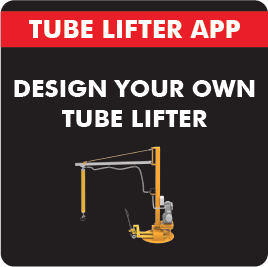










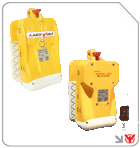

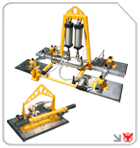
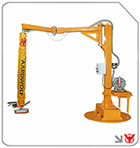
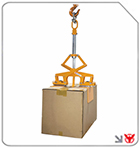
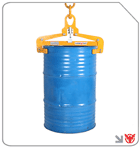

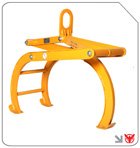

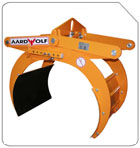
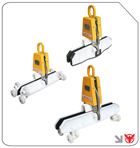

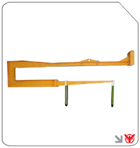
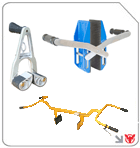
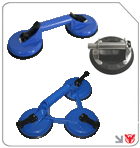

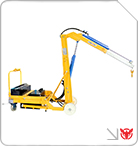

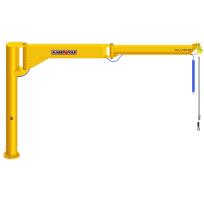
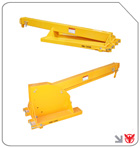
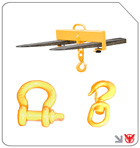
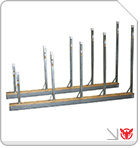
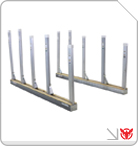
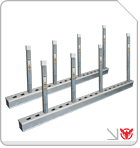



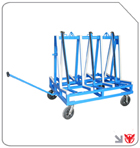

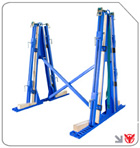
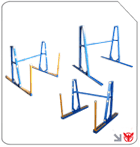
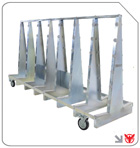
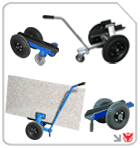


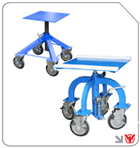




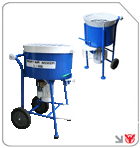

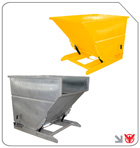

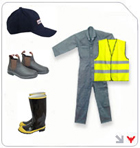
Follow us on: